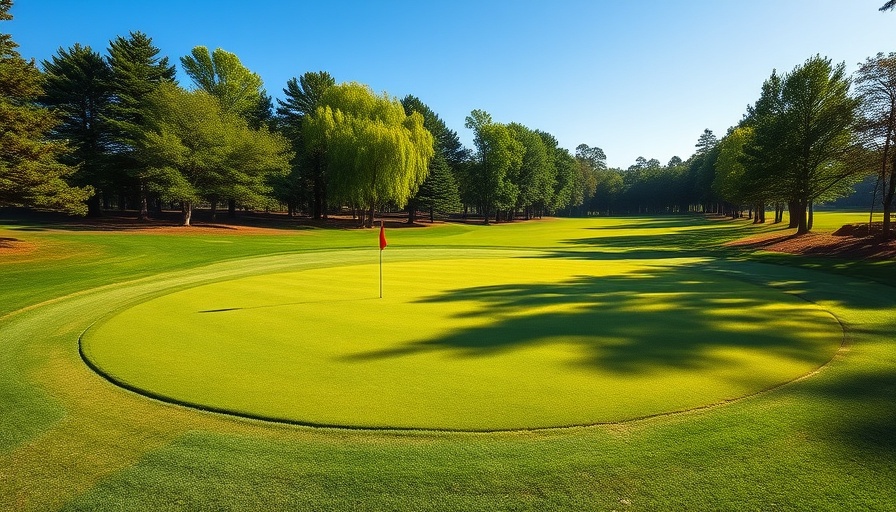
Investing in New Terrain: The Growth of Short Courses in Country Clubs
As the landscape of recreational activities shifts, many country clubs are investing millions into a bold new trend: short golf courses, specifically par-3 layouts. This strategic pivot is not merely about enhancing services; it’s about attracting a new demographic of players and boosting overall membership. These accessible courses promise a quick round, making them ideal for families and those with busy schedules. This innovative approach not only makes golf more inviting but also repositions country clubs as community-centric venues rather than exclusive retreats.
Understanding the Appeal: Why Short Courses are Gaining Popularity
The increasing interest in short courses reflects broader societal trends where time constraints often limit leisure activities. The allure of a par-3 course is particularly significant for millennials and younger generations who may find traditional golf intimidating or time-consuming. In an era where speed and efficiency dictate lifestyle choices, shorter rounds facilitate participation from those who might otherwise shy away from the sport.
Financial Investments Lead to Increased Membership
Financially, the trend is promising. Clubs are reporting not only improved satisfaction among existing members but also an influx of new ones. According to industry reports, the growth of short courses is correlated with financial resurgence, as investment in these facilities translates to higher usage rates and increased overall revenue. Clubs that deemed conventional courses too lengthy are now thriving by catering to the appetites of a modern audience.
Local Business Partnerships: A Model for Success
These developments also create opportunities for local businesses, especially in areas like Austin. Collaborations among country clubs, local restaurants, and fitness centers could provide bundled memberships that attract a wider audience. This attracts Austin entrepreneurs who are keen on tapping into the golf community by offering services aligned with the lifestyle preferences of this burgeoning demographic.
The Social Shift: Golf as a Community Connector
Moreover, the social aspect of golf is being rejuvenated, as clubs increasingly position themselves as community hubs. The blend of casual golfing and social events fosters networking—an integral component of business in Austin. Emerging groups of Austin entrepreneurs are especially keen on utilizing golf courses for casual meetings, networking events, and even charity tournaments that bolster community ties.
Actionable Insights: What This Means for Future Development
For business leaders in the Austin area, understanding this shift is crucial. Entrepreneurs should consider the potential benefits of partnerships with local clubs, not just in terms of exposure but also as a way to engage in community building. Incorporating leisure activities into business development strategies can yield substantial returns, demonstrating how interconnected the realms of business and recreation have become.
The Future of Country Clubs: Trends to Watch
As we move forward, it’s essential to keep an eye on how these shifts will influence country club culture. The trend of investing in shorter golf courses may evolve, further integrating elements of technology and innovative experiences to attract new members. Additionally, as the Austin tech scene continues to grow, there may be increased demand for unique business-focused packages that include golfing perks.
Conclusion: Join the Evolving Conversation
As more country clubs adapt to the changing face of recreation, this represents a broader movement within the Austin business community. Those interested in staying ahead should engage with local clubs, considering the potential for collaborative events and new business opportunities. Stay informed and connected; after all, the evolving golf landscape is just one part of Austin's dynamic growth story.
 Add Element
Add Element  Add Row
Add Row 



 Add Row
Add Row  Add
Add 


Write A Comment